A Neo-Classical micromosaic twin handled vase ring.
The micromosaic is Italian, circa. 1800, the contemporary rose gold ring is French, 18 carat.
The micromosaic measures 3 x 1.8cm.
The ring is a size R UK / 8.5 US.
The last image is of a similar ring in the collection of the Victoria and Albert Museum, accession number LOAN:GILBERT.164-2008.
The Victoria and Albert Museum notes:
The two-dimensional representation of the urn and the regular positioning of the background tesserae suggest that this is an early micromosaic, about 1800. The long octagonal bezel is typical of rings of this date. Contemporary mourning rings can be found with similar urns made of gold or painted on ivory.
The term 'micromosaic' is used to describe mosaics made of the smallest glass pieces. Some micromosaics contain more than 5000 pieces per square inch. The earliest attempts at micromosaic revealed visible joins between the pieces (known as tesserae) and a lack of perspective. Later artists such as Antonio Aguatti made huge advances in micromosaic technique, resulting in renderings that were truer to life. Glass micromosaic technique developed in the 18th century, in the Vatican Mosaic Workshop in Rome, where they still undertake restoration work today.



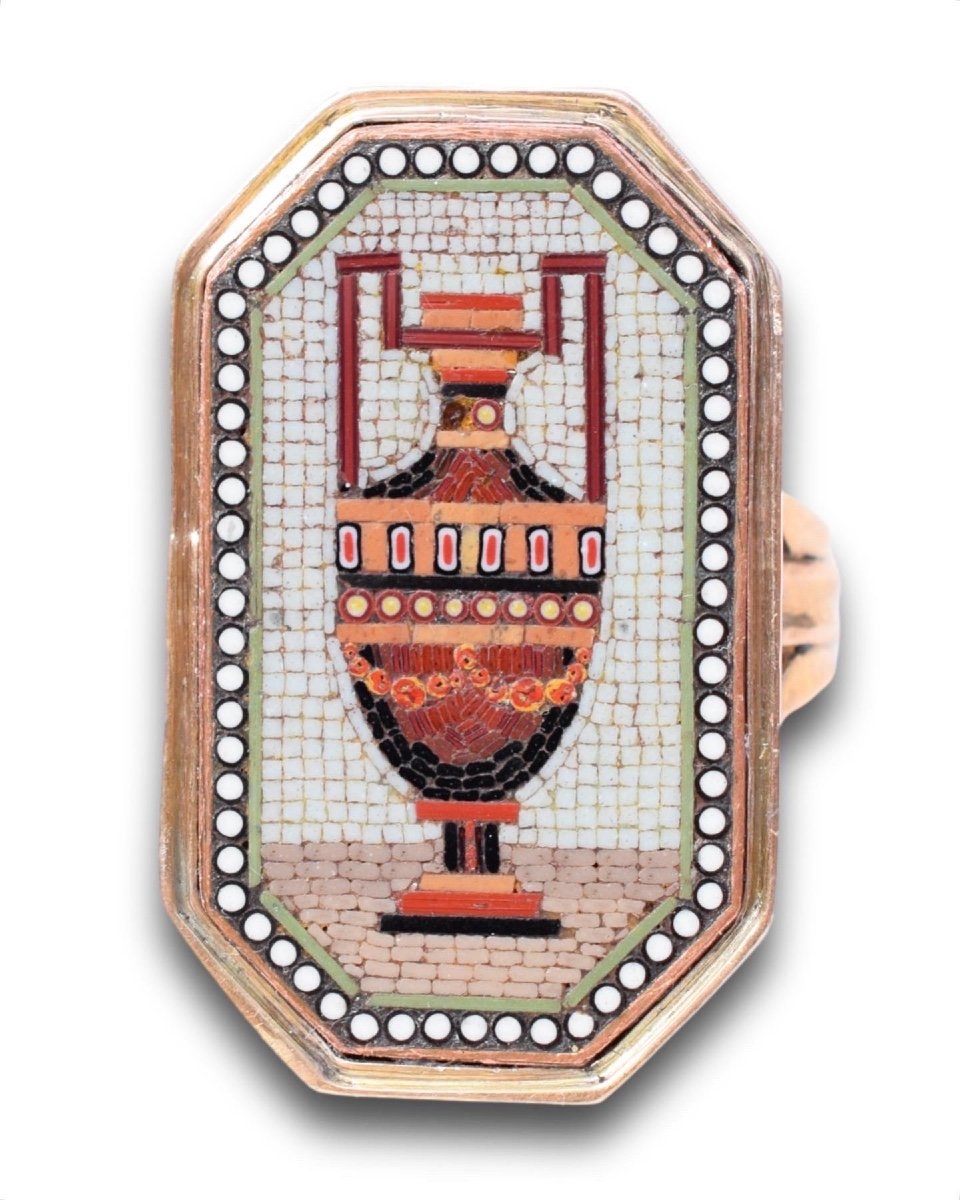
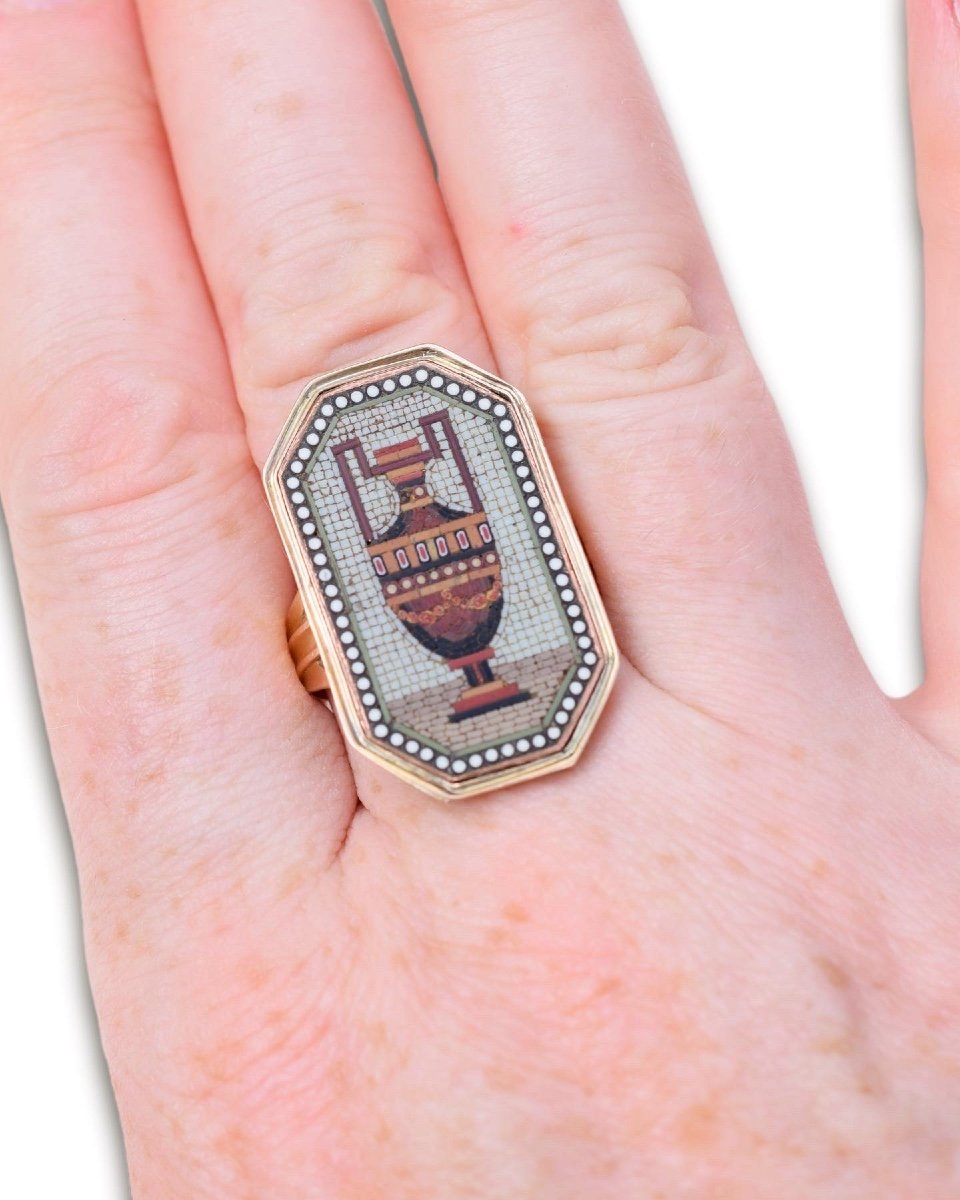

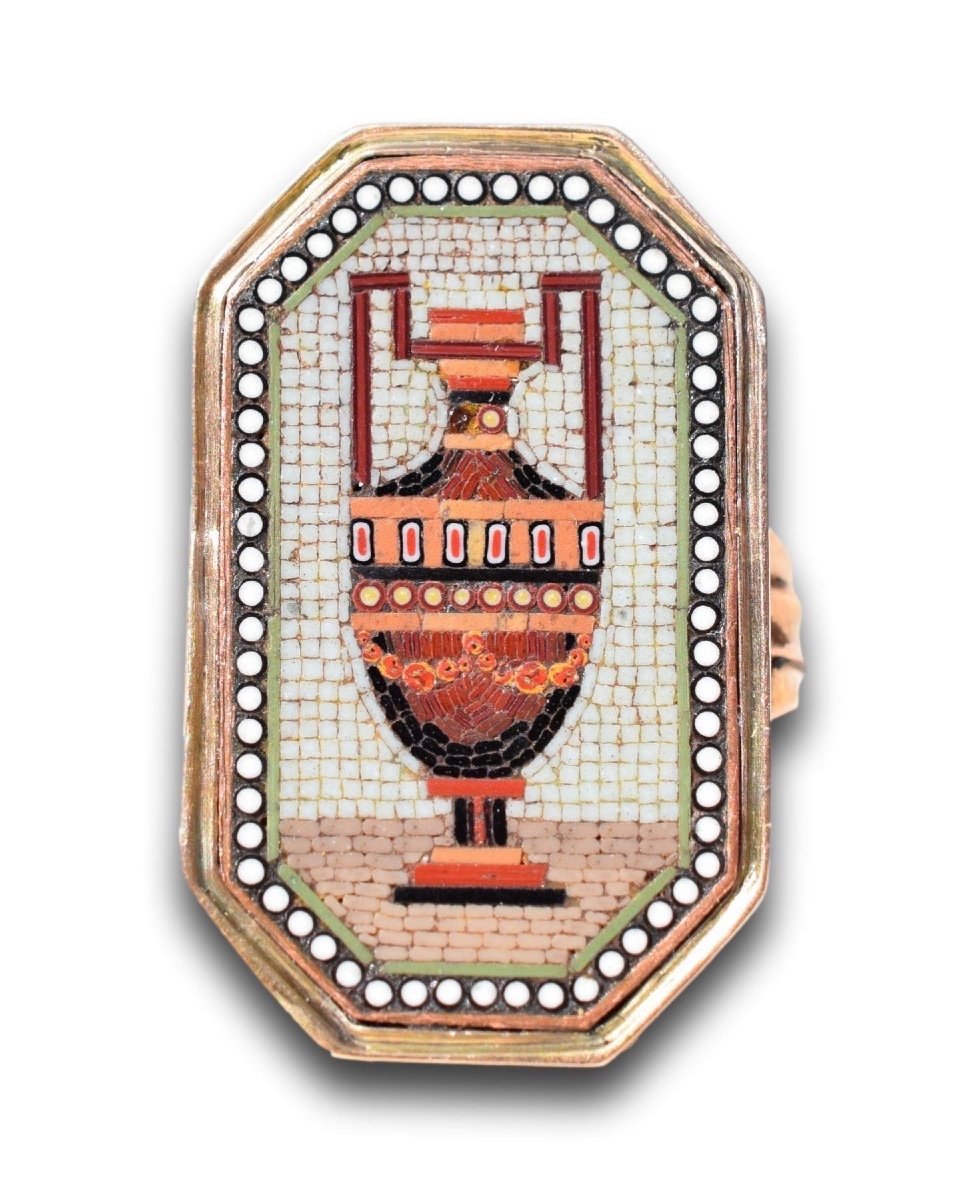
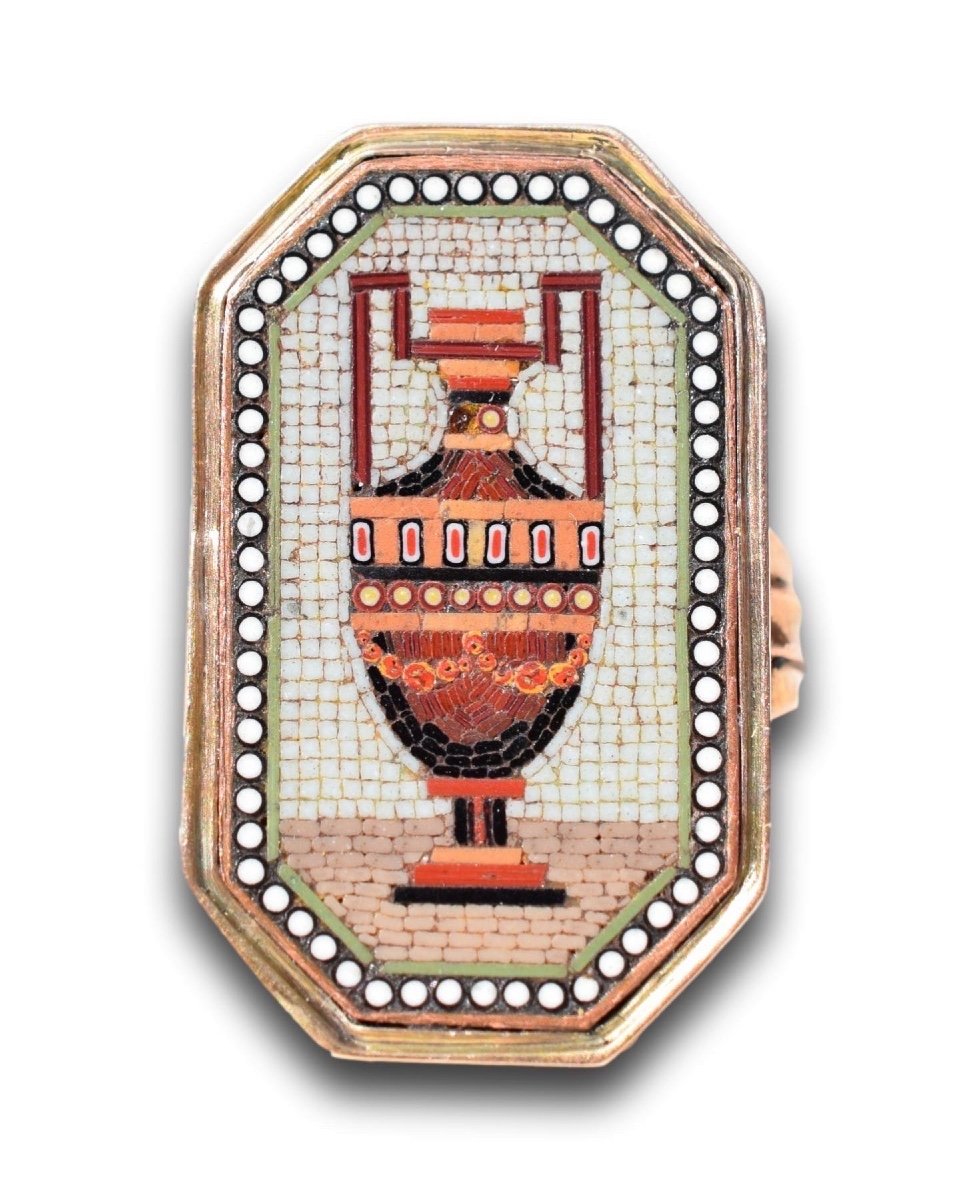



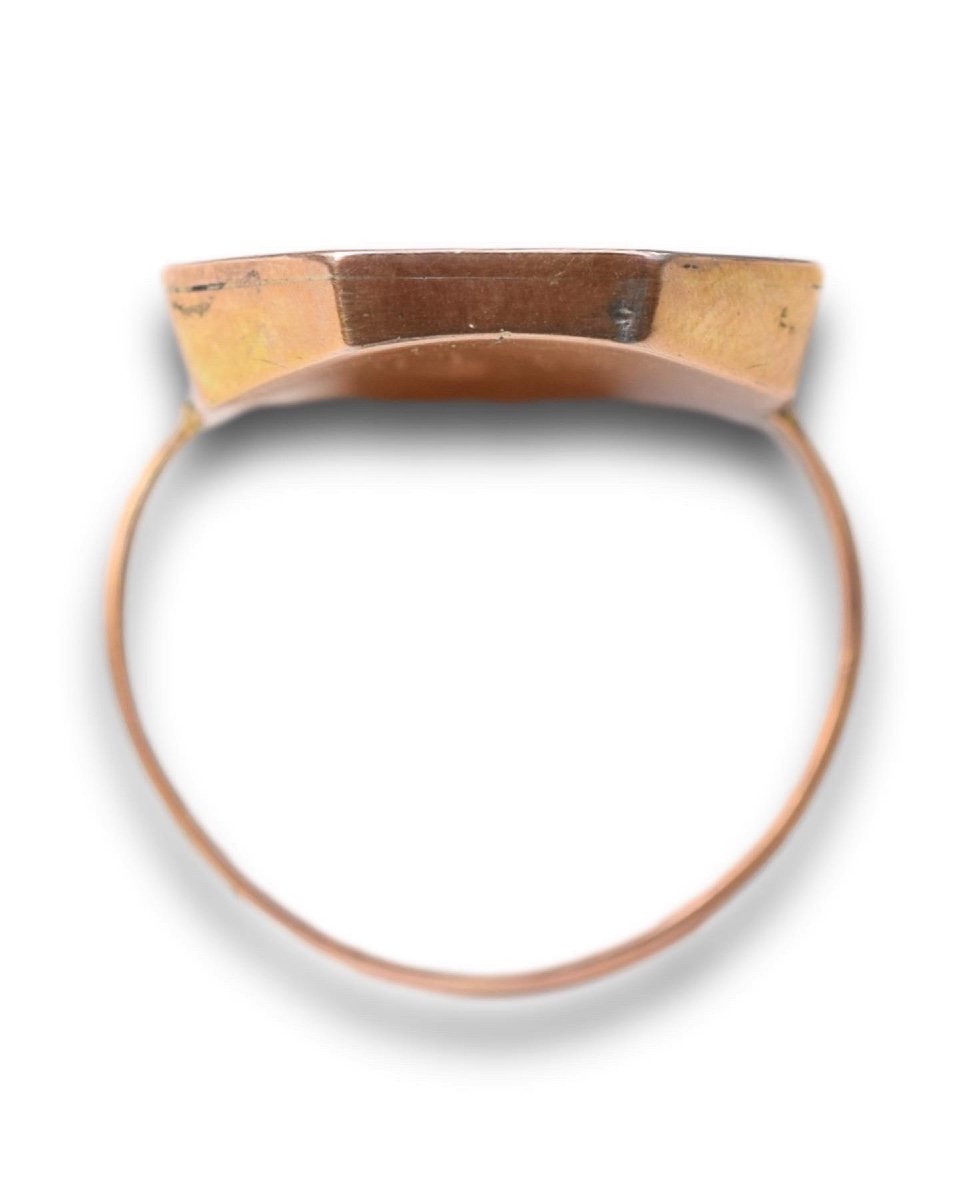



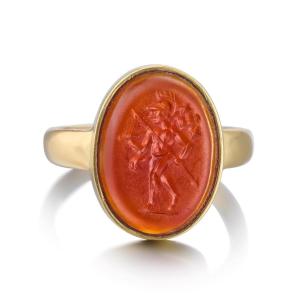
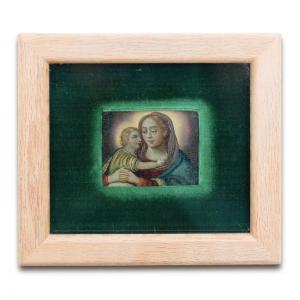


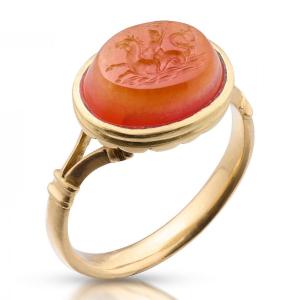

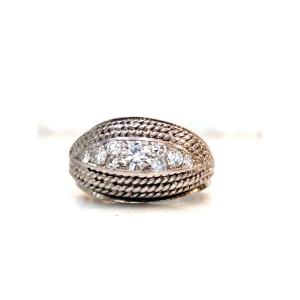








 Le Magazine de PROANTIC
Le Magazine de PROANTIC TRÉSORS Magazine
TRÉSORS Magazine Rivista Artiquariato
Rivista Artiquariato
